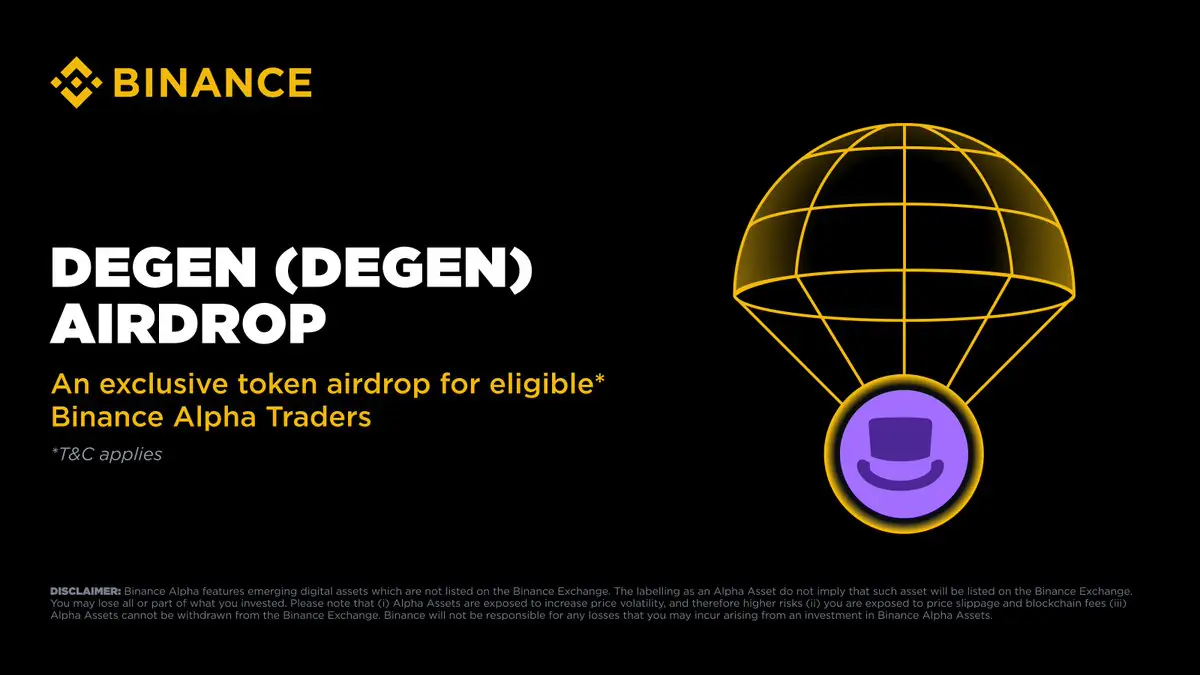After the turmoil induced by the U.S. administration’s trade war this spring, we hardly need to explain the rationale behind diversifying your investments beyond North America. While U.S. and Canadian indices have tumbled in 2025, European, Asian and other overseas markets have quietly kept their heads above water.

Get up to 3.50% interest on your savings without any fees.

Lock in your deposit and earn a guaranteed interest rate of 3.60%.

Earn 3.7% for 7 months on eligible deposits up to $500k. Offer ends June 30, 2025.
MoneySense is an award-winning magazine, helping Canadians navigate money matters since 1999. Our editorial team of trained journalists works closely with leading personal finance experts in Canada. To help you find the best financial products, we compare the offerings from over 12 major institutions, including banks, credit unions and card issuers. Learn more about our advertising and trusted partners.
Best international equity ETFs 2025
| iShares Core MSCI EAFE IMI Index ETF | XEF | 0.20% | 0.22% | 2,482 | Market cap weights, no U.S./Canadia equity, low tracking error |
| Vanguard FTSE Developed All-Cap ex-North America index ETF | VIU | 0.20% | 0.23% | 3,710 | More small caps, market cap weights, no US/CAD, low tracking error |
| BMO MSCI EAFE Index ETF | ZEA | 0.20% | 0.22% | 698 | Similar to XEF from Canadian provider |
| Vanguard FTSE Emerging Markets All Cap Index ETF | VEE | 0.23% | 0.25% | 5,951 | Cheapest emerging markets fund in Canada |
So, how can you best get exposure to this vast investible region, covering six continents with exchange-traded funds (ETFs)? It helps to understand the geographical terms used in the investment industry:
Global stock funds cover the planet, with no inherent exclusions. Based on market capitalization, they tend to still have a heavy U.S. representation. International stock funds generally refer to markets outside the U.S. and Canada. International funds listed on U.S. exchanges may include a small allocation to Canadian stocks. EAFE funds invest in stocks from Europe, Australasia and the Far East—basically developed countries overseas like the U.K., Japan and New Zealand. Emerging market (EM) funds invest in stocks from developing countries including China, India and Mexico. (Still more presumably risky regions, such as Nigeria and Vietnam, are known as “frontier markets.”)Even with these distinctions, there are grey areas. Certain indices tracked by index funds classify South Korea or Poland as developed economies (therefore EAFE—Europe, Australasia and the Far East), while others lump in either with emerging markets.
This year our Best ETFs in Canada judges panel gave top honours to iShares’ Core MSCI EAFE IMI Index ETF (XEF). For a modest MER, it offers exposure to thousands of stocks overseas. Our second-place finishers, Vanguard’s All-Cap ex-North America Index ETF (VIU) and BMO’s MSCI EAFE Index ETF (ZEA), promise similar developed-market coverage for a similar fee.
Tied for third was a more surprising choice, however. For a change our judges looked favourably on an emerging market fund, Vanguard’s FTSE Emerging Markets All Cap Index ETF (VEE). Evidently they feel this investable region may be ready to turn a corner after 15 years of relative underperformance. And VEE is the lowest-fee EM fund in Canada, despite having exposure to nearly 6,000 companies in the developing world.
Read more on investing:
The best online brokers in Canada A guide to the best robo-advisors in Canada The best TFSAs in Canada The best RRSP investmentsThe post Best international equity ETFs for Canadian investors 2025 appeared first on MoneySense.






.jpg.webp?itok=1zl_MpKg)





 Bengali (Bangladesh) ·
Bengali (Bangladesh) ·  English (United States) ·
English (United States) ·